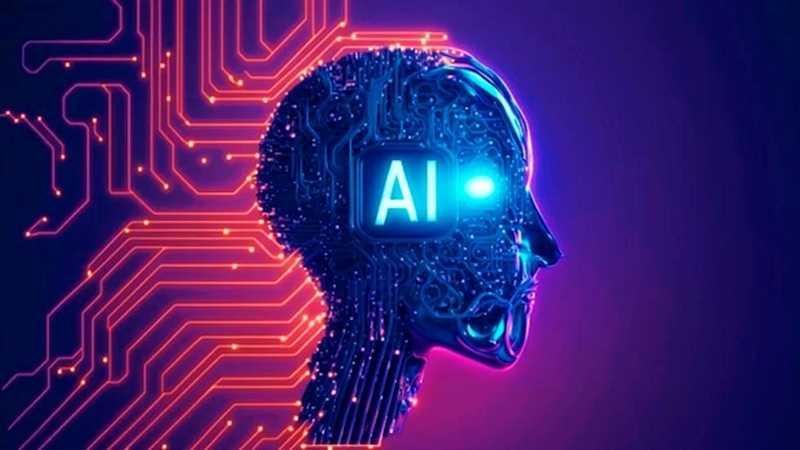Categories:
In recent years, both automation and artificial intelligence (AI) have been hot topics in the workforce
Many celebrate how technology and digital advancements promise to increase efficiency and productivity, freeing employees from repetitive tasks, while many others fear that these new tools will result in massive job loss and the substitution of many positions.
The evolution and impact of automation and AI in businesses
Automation in employment has existed for decades, but the advent of AI has accelerated its adoption in various areas, industries, and even countries. From raw material manufacturing to healthcare, these two tools are transforming the way we work and live, performing tasks that previously only a person could do accurately and precisely.
Now, in the workforce, automation and artificial intelligence are used to optimize processes, increase productivity, and reduce costs. Both automation and AI offer numerous benefits, such as simplifying many tasks, providing assistance, and even complete autonomy to carry out certain processes, but they also pose significant challenges for workers.
Challenges and opportunities
Automation and AI offer a wide range of opportunities, including:
- Error reduction and quality improvement: Data obtained through AI can analyze large amounts of algorithms, identifying patterns or trends, helping prevent human errors, and improving the quality of many products or services.
- Improved customer experience: By personalizing the customer experience, offering recommendations and services tailored to their needs and preferences, AI enhances customer satisfaction and fosters brand loyalty.
- Enhanced workplace safety: Automation reduces workers’ exposure to hazardous environments and risky tasks. Robots and automated systems can perform dangerous tasks in environments such as manufacturing, mining, and space exploration, helping to protect people’s safety and health.
- Facilitation of remote work and hybrid work: With the rise of technology, automation, and AI play a fundamental role in the adoption of remote or hybrid work models. Remote collaboration systems, project management, and online communication platforms enable teams to work effectively together, regardless of their geographical location.
- Operational cost efficiency; Companies can reduce their operational costs associated with hiring and maintaining personnel by introducing these automated tools that perform tasks at a much lower cost than what a person entails.
However, automation and AI also present a number of challenges for the workforce as a whole:
- Job replacement: Workers are at risk of being replaced by machines and algorithms. Sectors such as manufacturing, customer service, and accounting are the most vulnerable to repetitive and routine tasks.
- Skills gap: The rapid evolution of technology can leave workers lacking the necessary skills to adapt, creating a significant skills gap between workers trained to work with emerging technologies and those who are not.
- Equity and labor justice: There is a risk that automation amplifies existing inequalities in the labor market. For example, workers with fewer specialized skills may face greater difficulty finding employment, while those with in-demand technical skills may benefit from higher wages and greater job security.
- Workforce adaptation: The successful implementation of automation requires a skilled and flexible workforce. This may involve the need for specific and continuous training for existing workers, as well as the creation of onboarding programs that prepare future generations for the jobs of the future.
The role of policy and regulation
Faced with the challenges and risks that the adoption of these new tools poses for the future of workers and many jobs, it is essential that policymakers and business leaders take proactive measures to mitigate the negative impacts of automation and AI. This could include implementing policies that promote education and continuous training, as well as support programs for workers displaced by technology.
Additionally, it is important to consider how automation and AI can be used to promote human welfare and equality. Instead of focusing solely on maximizing efficiency and reducing costs, companies can use technology to create quality jobs, promote diversity and inclusion, and improve the quality of life for workers.
Transforming the future of work
Both automation and AI are transforming the workforce.
To ensure that both employees, businesses, and society as a whole benefit from this technological revolution, a balanced approach is needed, fostering innovation and protecting above all the well-being and rights of workers.
Through proper planning, we can make the most of the transformative potential that automation and AI offer us, creating an inclusive and sustainable future.
